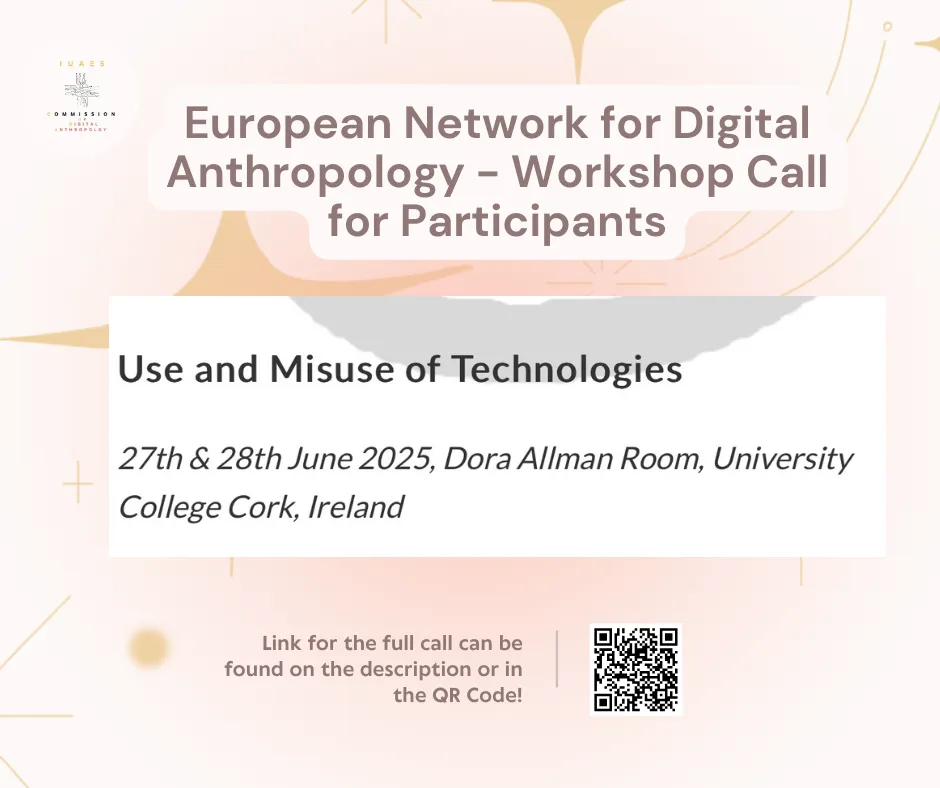Social media platforms, websites, smartphone games and apps are all designed with specific design functions in mind. Facebook for example, was designed for social networking (as the story goes), websites were originally designed with the intention of sharing information but have since morphed into sites for commerce and streaming. More utilitarian technologies like ChatGPT, translation apps, cryptocurrency, NFTs, QR codes and even video meeting systems all have certain intended purposes that nestle within human everyday lives seeking accommodation and adoption. Yet the ways in which these software-based technologies are used by people often deviate from their envisioned purposes.
The intentional but also unintentional use and misuse of technologies holds a wide array of research possibilities for digital anthropologists. Lemonnier (1993) describes how technical actions and technical choices are encompassed by wider symbolic systems. Beyond the material functionality of a technological artifact there are social and symbolic dimensions ascribed to the technological objects embedded in our cultural landscape. As Lemonnier argues, our social representations of technological objects are not a one-to-one match with any intended function. Meanings bleed across artifact boundaries through our use and social positioning of adopted technologies. With the emergence of so-called artificial intelligences and other newly complex technologies Simondon’s margin of indeterminacy provides a lens through which we might explore use and misuse of new platforms (2017). For Simondon, successful technologies need to be open in order to connect to other systems, and thereby gain broad appeal; thus potential for misuse of technologies might be understood as an inherent affordance of successful technologies rather than something simply a posteriori. Where the intended utility morphs as it coalesces within existing social representations, the relationship between technics and culture needs to be examined. What does it mean for human values, what does it mean for human experience, what does it mean for cultural resilience? What does resistance look like when algorithms segment, surveil and discipline?
Applications open until 14 March 2025.
